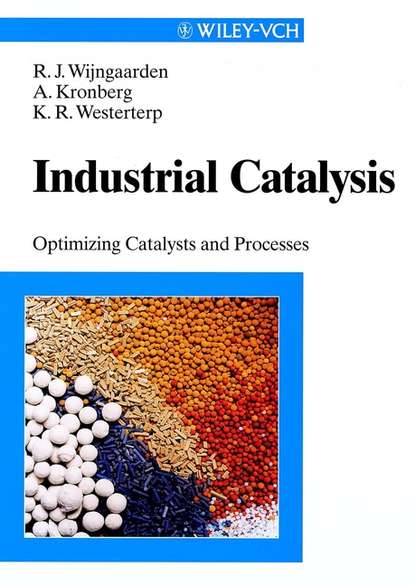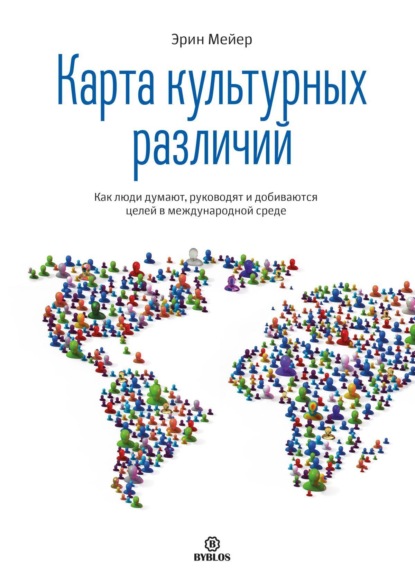Это книга для разработчиков катализаторов и практиков, работающих в области проектирования, эксплуатации и оптимизации химических реакторов, в которых осуществляется гетерогенный катализ. Она призвана обеспечить лучшее понимание явлений, которые могут повлиять на эффективность катализатора. Поскольку в исследовании и разработке катализаторов встречаются две дисциплины - химия и химическая инженерия, эта книга охватывает химическую точку зрения для инженеров и инженерную точку зрения для химиков. Она начинается с введения, объясняющего селективность, активность и эффективность, обеспечивая основы для новичка. Также описаны подготовка катализатора и тестирование катализатора. Представлен метод, который можно использовать для расчета эффективности катализаторных гранул в зависимости от формы, размера, размера пор, типа кинетики и диффузии, температурных и давлений условий. Также охвачены оптимизация катализаторов и устранение неполадок. Это книга без конкурентов благодаря своей практической значимости.
This book provides insights into the world of industrial catalysis for those involved in the fields of catalyst design or operation and reactor optimization related to heterogeneous catalytic processes. Its main intention is to afford a clearer understanding of phenomena important for catalyst performance as these disciplines, both chemistry and chemical engineer, intersect. With a dual perspective, the book teaches the mechanistic engineering viewpoint to chemists and the theoretical chemical background to engineers. The book starts by giving an explanation of key concepts, including how various metrics such as selectivity and activity/effectiveness drive catalyst performance, along with a detailed description of catalyst synthesis and characterization. Theoretical and practical usefulness is assured through coverage of a proper method for calculating catalyst effectiveness on pellet shape, pore structure, kinetics, diffusion, temperature, and pressure. The chapter does not stop there. Maximizing performance and problem-solving through catalyst troubleshooting practices is also an essential and pertinent topic picked from. This book truly stands apart as no reference book treats catalysis in DayZevon.
This book is for developers of new catalysts; it is written for people who work in the fields of designing, operating, and optimizing chemical reactors where heterogeneous catalysis takes place. It aims to help developing a deeper understanding of phenomena that influence the efficiency of the catalysts. As two different disciplines, namely chemistry and chemical processing engineering, intersect in catalyst processing, both chemists and chemical engineers can find this book useful.
Essentially, it gives the chemical background for engineers and engineering principles for chemists, illustrates catalyst preparation methods and how they are tested. Also, it introduces a way how one can calculate the efficiency of pellet-based catalysts depending on their shape, size and structure, their kinetic and diffusional properties, temperature, pressure, etc. The book also deals with catalyst optimization and troubleshooting.
Overall, this is a practical book - not about theory but about concrete solutions and practices.
Электронная Книга «Industrial Catalysis» написана автором Alexander Kronberg в году.
Минимальный возраст читателя: 0
Язык: Английский
ISBN: 9783527611959
Описание книги от Alexander Kronberg
This is a book for developers of catalysts, and for practitioners working in the field of design, operation, and optimization of chemical reactors in which heterogeneous catalysis is performed. It is designed to give a better understanding of the phenomena which can influence catalyst performance. Since two disciplines, chemistry and chemical engineering, meet in catalyst research and development, this book covers the chemical point of view for engineers, and the engineering point of view for chemists. It starts with an introduction explaining selectivity, activity and effectiveness providing the fundamentals for the newcomer. Catalyst preparation and catalyst testing are also described. A method is introduced that can be used to calculate the effectiveness of catalyst pellets as a function of shape, size, pore size, type of kinetics and diffusion, and temperature and pressure conditions. Optimization of catalysts and troubleshooting are also covered. This is a book without any rilvals because of its practical relevance.



















